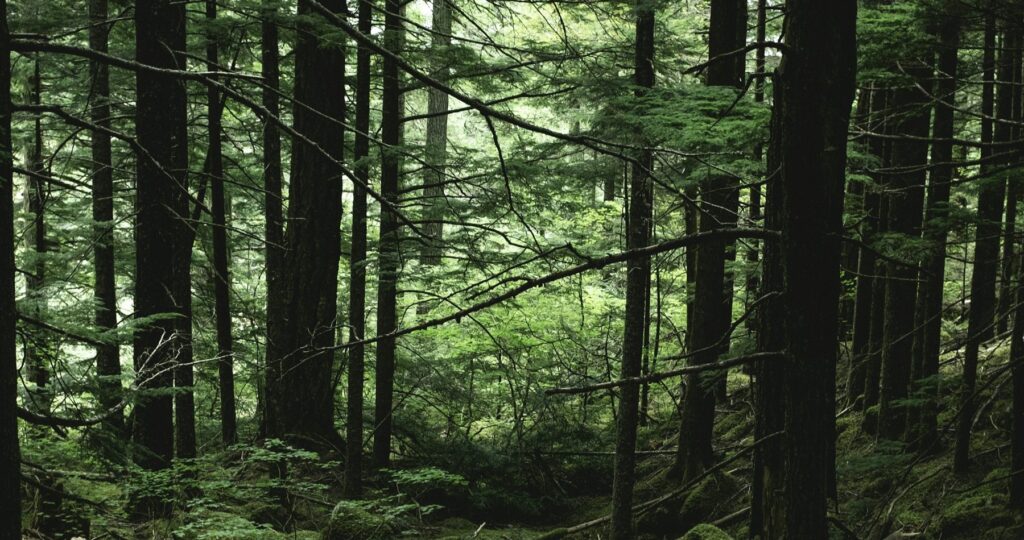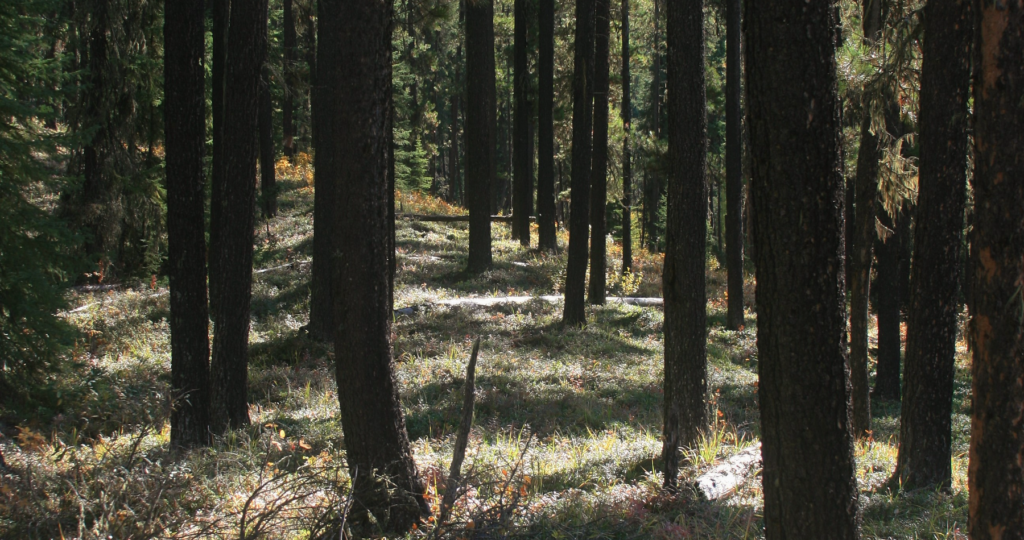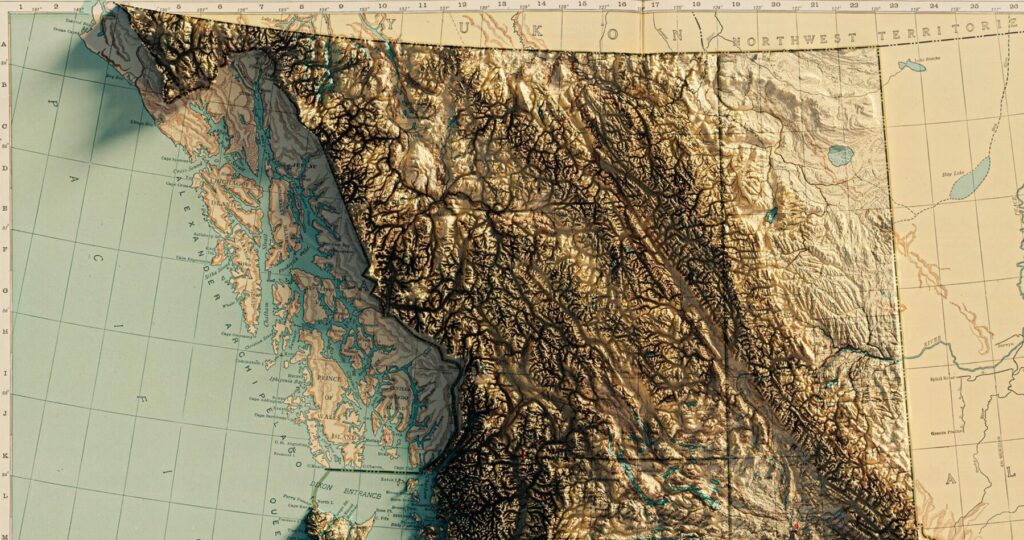Post Category : Glossary Special Finds
Stone Drill
By Reid Graham on May 11, 2016
This week, we showcase a stone drill. That’s right, you guessed it, this type of stone tool is used to drill holes in things. Like knives and projectile points, drills are worked on both sides to create sharp edges and a narrow tip. Unlike other stone tools however, drills are very narrow and thick, and often are diamond shaped in cross-section. This design makes the drill stronger, and less likely to break. In Alberta, stone drills are often either long and straight, with a bulb or a “T” shaped base. More often than not, you find the broken end of drills, because they snapped off while in use. The stone drill bit would be attached to a long wood handle using sinew, rawhide, and pitch, and then spun to create the circular motion for drilling. This could be either done by hand, or using a small bow and string to spin the drill.

We found this stone drill while working for Sundre Forest Products in 2012, in the Foothills west of Red Deer. The artifact is made from a brownish-gray chalcedony, and also shows evidence that it was heat treated. The drill has small “potlid” fractures, where irregular pieces of the stone popped off. This type of break happens when a stone is quickly heated and cooled.
Related Posts
By Fallon Hardie

February 12, 2025
Culturally Modified Trees of the Interior, British Columbia
A Foreword For the Archaeologists who’ve found themselves interested in the niches of Ecology and Landscape-Use-Dynamics, we tend to recognize the landscape as a dynamic whole; a manuscript of activities, knowledge, and ideologies that human societies have crafted and applied to the environments in which they live. However, Professional Consulting Archaeologists in Cultural Resource Management
Keep ReadingTags: Archaeology | CMT | Culture | history | Land Use Dynamics | methods | Sites | traditional use sites
By Maegan Huber

January 31, 2025
Alberta’s Boreal Sand Hills
Alberta’s Boreal Sand Hills Some people may be surprised to learn that Alberta is home to a series of large sand hill complexes made up of large forested dune features. Typically, when we think of sand dunes we tend to picture hot and dry regions with minimal vegetation, often situated near oceans. However, Alberta’s boreal
Keep ReadingTags: #Boreal | #Geology | #Geomorphology | #IceSheets | #Sandhills | Alberta | Archaeology | CRM | Sites
By Braedy Chapman

July 2, 2023
Top sites of 2022, BC edition
Field operations in British columbia 2022 marked Ember Archaeology’s first year of significant field operations in British Columbia. Our BC crews conducted a number of sizable wildfire-related projects for the BC Ministry of Forests over the course of the season, ultimately surveying hundreds of kilometers of constructed fireguards and fuel reduction developments. These were nearly
Keep ReadingTags: 100 Mile House | Anaheim Peak | Archaeology | Arrowstone Hills | Athapaskan | Baezaeko River | Biface | British Columbia | Cache Creek | Chilcotin | CRM | Dacite | Early Nesikep | Interior Plateau | Lehman Phase | Lithics | Maiden Creek | Nazko | obsidian | projectile point | Side notched | Sites
